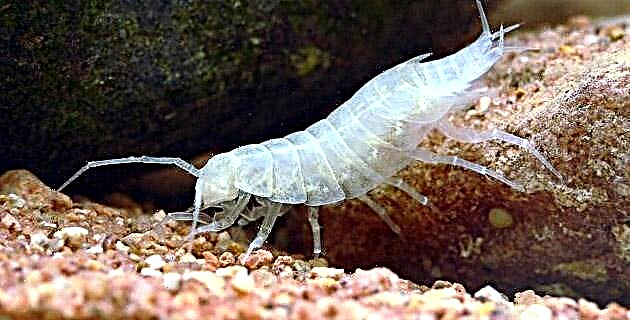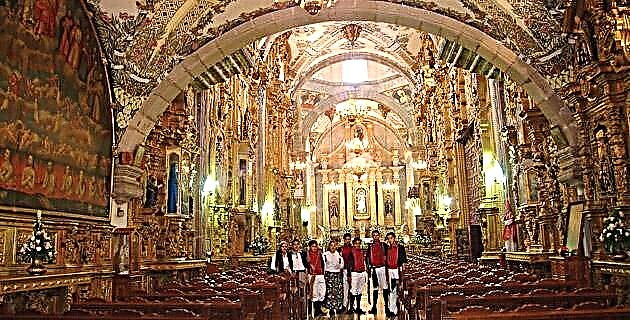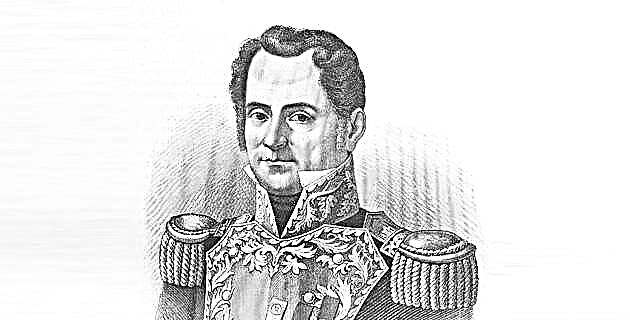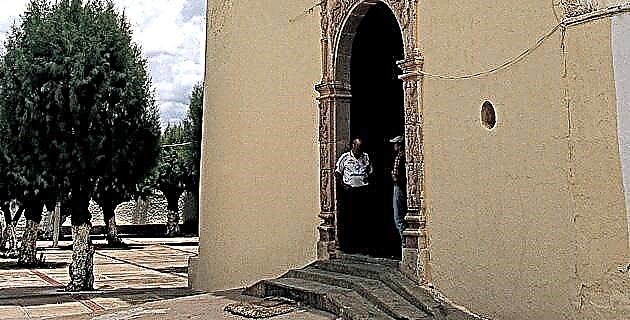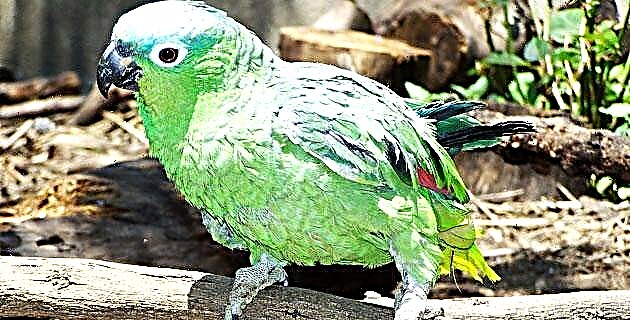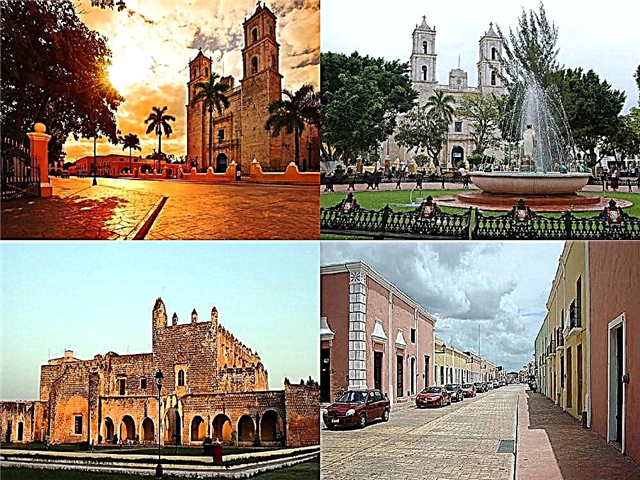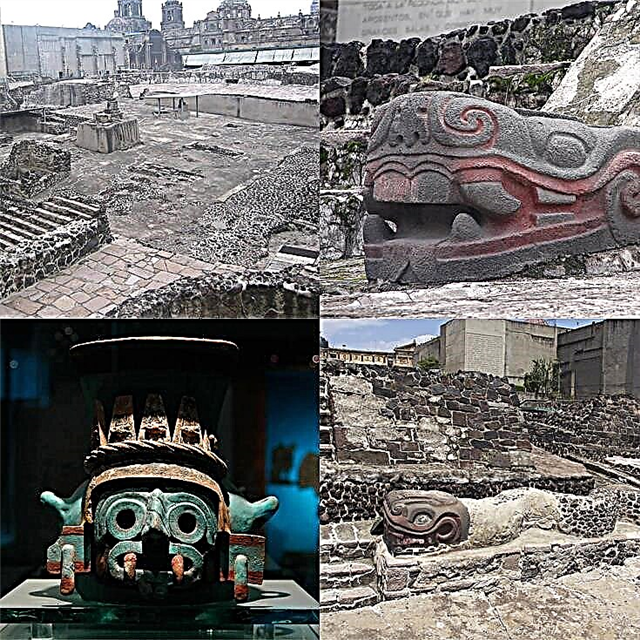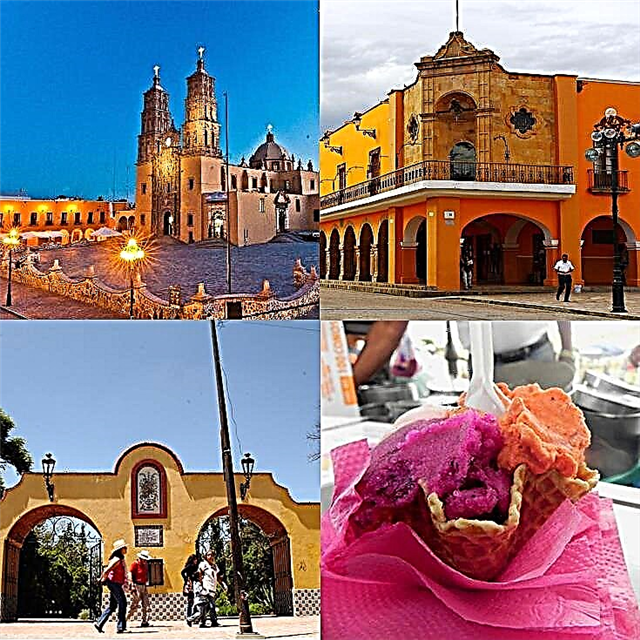Dolores Hidalgo is synonymous with history, architectural beauty and Mexican traditions. We present you the complete guide to this beautiful Magic Town so that you fully know the cradle of national independence.
1. Where is Dolores Hidalgo?
Dolores Hidalgo, Cradle of National Independence, is the official name of one of the towns most loved by Mexicans, for having been the scene of the Grito de Independencia, the famous Grito de Dolores. This municipal seat and Guanajuato municipality is located in the north-central zone of the state of Guanajuato, limited by the municipalities of San Diego de la Unión, San Luis de la Paz, San Miguel de Allende, Guanajuato and San Felipe.
2. What is the history of the town?
The name of the territory where today Dolores Hidalgo sits in pre-Columbian times was "Cocomacán", which means "place where doves are hunted." The original town founded by the Spanish began in 1710, with the beginning of the construction of the parish of Nuestra Señora de los Dolores. The full name of Dolores Hidalgo, Cradle of National Independence, was adopted in 1947 during the presidency of Miguel Alemán.
3. How do you get to Dolores Hidalgo?
The closest city to Dolores Hidalgo is Guanajuato, located 28 km away. from the Magical Town heading northeast. From San Miguel de Allende, the 45 km. In a northwesterly direction and from León, the most populated city in the state, you have to travel 127 km. San Luis Potosí is 152 km away and Mexico City is 340 km away.
4. What weather awaits me in Dolores Hidalgo?
The average annual temperature in the town is 24.5 ° C, with levels below 20 ° C in the coolest period, which runs from December to March, and heats above 30 ° C in the period of June to September. It rains very little in Dolores Hidalgo, barely 350 mm a year, which falls mainly in July, August and September; in the remaining months the probability of precipitation is minimal.
5. What are the main attractions of the town?
The main attractions of the Magic Town are the sites linked to Independence, such as the Church of Dolores, the Main Square and the houses linked to the insurgents. There are other outstanding religious buildings and monuments and also the places linked to the life of the artist José Alfredo Jiménez occupy an important time on the visitors' agenda. Other facets to explore in Dolores Hidalgo are its wine culture and its tradition of pottery work.
6. What is the Main Square like?
The Main Square of Dolores Hidalgo, also called Jardín del Grande Hidalgo, is a beautiful space with a central roundabout limited by a hedge in which the statue of Miguel Hidalgo y Costilla is located. The square has wrought iron benches where locals and tourists sit down to eat one of the strange ice creams that they sell in town or simply to talk. In front of the plaza is the parish church and there are craft shops, restaurants and other establishments, including a hotel where Benito Juárez stayed.
7. What is the temple of Nuestra Señora de los Dolores like?
The monument in which the Grito de Independencia was staged is a 1778 building with New Spanish baroque lines and one of the best-accomplished architectural works in that style in the last stage of the Mexican colonial era. The facade of the church is an image known to many Mexicans who have not been to Dolores, as it is found on one of the circulating notes. It is the largest temple in the town and its main altar and those of the Virgin of Guadalupe and San José stand out inside.
8. What can I see in the Casa de Hidalgo Museum?
This house should not be confused with the birthplace of the Mexican leader, who came to the world on May 8, 1753 in Corralejo de Hidalgo, an old hacienda in the town of Pénjamo, located 140 km. of Dolores. The house where the Hidalgo Museum works is the building where the Father of Independence lived and which was the seat of the Dolores curate. In its spaces the atmosphere of the time has been recreated and the furniture and objects that belonged to the famous priest are exhibited.
9. What is the House of Visits?
When the parish church of Dolores was built, with the remaining materials they built a large house that originally functioned as the House of the Tithe. As Dolores is regularly visited by prominent figures, especially on September 16, the government of Guanajuato decided to acquire the property to house the most distinguished guests who go to the Grito de Dolores, hence its name. In the sober 18th century mansion, its baroque-style balconies stand out.
10. What is the attraction of Casa de Abasolo?
Mariano Abasolo was born in Dolores on January 1, 1789 and participated in the movement started by priest Hidalgo. The hometown of the distinguished insurgent, located next to the Church of Nuestra Señora de los Dolores, in front of the main garden, is the current headquarters of the Municipal Presidency of Dolores Hidalgo and inside it exhibits a replica of the bell tolled on 16 September and some fresco paintings related to the history of the town.
11. What awaits me at the Museum of National Independence?
This museum located on Calle Zacatecas 6, operates in a large house from the late 18th century and exhibits in 7 rooms various testimonies of the independence era, such as documents, objects linked to the heroes and pieces of popular art. A curious fact about the building is that it was the Dolores prison and its prisoners were released on September 16, 1810 in the midst of nationalist fervor.
12. Are there other outstanding churches?
The temple of the Asunción de María is a stonework building with a high portico in which various architectural styles are distinguished. On the façade there are Greco-Roman, Doric and French Gothic traces. Inside there are a series of murals painted by Pedro Ramírez on the Annunciation, the Incarnation, The Birth of Jesus, The Presentation of Jesus in the Temple and Jesus among the Doctors. Another temple worth visiting is that of the Third Order.
13. What can I see in the temple of the Third Order?
This temple is a small baroque building and is the oldest in the town after that of Nuestra Señora de los Dolores. The church, formed by a main nave and two lateral ones, is distinguished by its religious images. It is said that during the independence insurgency, the viceroy of New Spain, Félix María Calleja, visited the temple and deposited his baton as an offering. The church is in front of the Composers Garden, dedicated to the emuls of José Alfredo Jiménez.
14. How far is the Sanctuary of Atotonilco?
33 km. of Dolores Hidalgo is the Sanctuary of Jesús Nazareno de Atotonilco, a baroque building from the 18th century that is also linked to the history of Mexico, since there the priest Miguel Hidalgo took the banner of the Virgin of Guadalupe that he turned into the flag of the insurgents. This Cultural Heritage of Humanity is distinguished by the murals on its dome and walls.
15. What is the Monument to the Heroes of Independence like?
This monument of peculiar artistic inspiration was erected in 1960 in Dolores Hidalgo to commemorate the 150th anniversary of the Grito de Independencia. It is a joint work of the architect Carlos Obregón Santacilia and the sculptor Jorge González Camarena. The 25 meter high monument was carved in pink quarry and on its 4 sides it shows huge figures of Hidalgo, Morelos, Allende and Aldama.
16. What does the José Alfredo Jiménez Museum have?
The highest representative of the composition and interpretation of Mexican folk music was born in Dolores Hidalgo on January 19, 1926. The birthplace and museum of the Mexican musical icon is an old building from the mid-nineteenth century located one block from the main square and houses the artist's life trajectory in its rooms. It begins with the childhood of José Alfredo in Dolores, it continues with the transfer of the family to Mexico City, the artistic beginnings, success and excesses with drinking, ending with his premature death.
17. When is the José Alfredo Jiménez Festival?
November 23, 1973, the day of the death of José Alfredo, is one of the saddest in the history of Mexico. As requested in his song "Caminos de Guanajuato" The King is buried in Dolores and every November the José Alfredo Jiménez International Festival is held in the town, whose culminating moment is on the 23rd. artists and groups of national renown, the event includes cultural events, horseback riding, tours of canteens, serenades and gastronomic shows.
18. Is it true that José Alfredo Jiménez's grave is very peculiar?
«Just there behind the mound, is Dolores Hidalgo. I stay there as a civilian, there is my adored town »says the song. The José Alfredo mausoleum in the municipal pantheon is a monument presided over by a huge charro hat and a colorful mosaic serape with the names of his songs. It is one of the must-see sites in Dolores Hidalgo.
19. Is there a museum dedicated to wine?
The Valley of Independence in Guanajuato is one of the wine-growing regions of Mexico and its harvest is one of the liveliest in the country. Dolores Hidalgo is home to the State Wine Museum, which operates on Calle Hidalgo 12, in the old hospital of the town. In the museum spaces, the art of winemaking is exhibited from the vineyard to the barrels and bottles, including a sensory room for tasting the best Guanajuato wines.
20. Can I do a wine tour?
Cuna de Tierra is a wine-growing house that offers an interesting walk through the culture of wine. To acclimate the visitor to the ancient era of winemaking, walks through the vineyard are made in carts. Includes a tour of the production facilities and various types of tastings, with 3 wines and 6 wines (without food and with food in 6 courses). It is 16 km. from Dolores Hidalgo, on the highway to San Luis de la Paz.
21. How is the tradition of exotic ice cream?
Dolores Hidalgo is also distinguished by a curious gastronomic tradition: that of making ice cream with the most unusual flavors. In the ice cream parlors and ice cream parlors of the town it is not surprising the advertisement of shrimp ice cream, beer, cheese, avocado, tequila, roses, chili peppers, tunas and nopales, next to the traditional ice cream, strawberry and chocolate. Dare to try one exotic!
22. What is the highlight of the town's gastronomy?
If you have already tasted a chicharrón or octopus ice cream, you may want to eat something more popular, from the various dishes offered by the rich cuisine of Guanajuato, such as Aztec soup, molcajetes, pacholas and guacamayas. A traditional dish from that area of Guanajuato is vitualla, a vegetable stew with chickpeas, cabbage and carrots, dressed with onion, tomato and aromatic herbs.
23. What is the local crafts like?
After the cult of Independence, the great passion of Dolores Hidalgo is the work of talavera pottery. They make vases, tableware, plates, fruit bowls, ewer, flower pots, candle holders and other pieces in a wide variety of designs and with striking colors. Pottery and ceramics are the main economic sustenance of the Magic Town and three out of every ten pieces are exported, mainly to North America and Europe. If you will not miss something in Dolores Hidalgo it is a ceramic store.
24. What are the best places to stay?
Casa Pozo del Rayo is a central hotel with comfortable rooms located one block from the main square. The Colonial Hotel, on Calzada Héroes 32, is a clean establishment with the best rates in the city. The Relicario De La Patria Hotel, on Calzada Héroes 12, is also reasonably priced and has a swimming pool. Hotel Anber, located on Avenida Guanajuato 9, is a picturesque accommodation located half a block from the birthplace of José Alfredo Jiménez.
25. What are the most recommended restaurants?
Toro Rojo Arracheria is a good place for carnivores and has a buffet that includes flank steak, chorizo, chistorra, and roasted nopal. Flor de Dolores has the most exotic flavors of the city in ice cream and snow, including the "José Alfredo Jiménez" snow, prepared with tequila and xoconostle. The Nana Pancha restaurant specializes in pizzas and offers craft beer. DaMonica is an Italian homemade pasta house that gets rave reviews for its ravioli and lasagna.
What did you think of this virtual tour of the cradle of Mexican independence? We hope it will be useful to you during your visit to Dolores Hidalgo.


